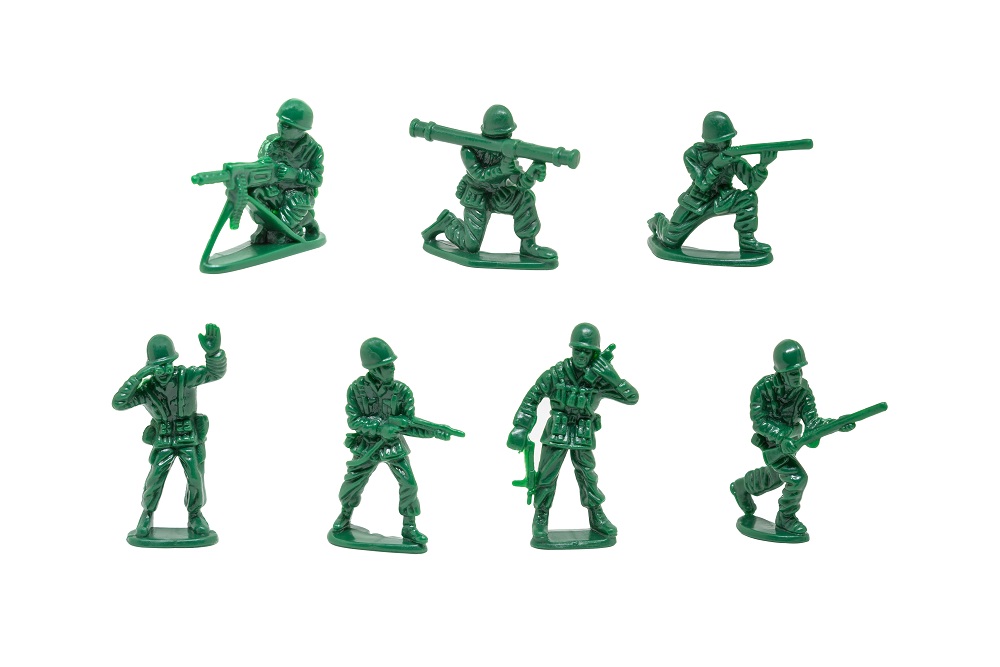Did you know that the world’s first man-made plastic was produced in 1862? Its inventor, Alexander Parkes, was looking for a waterproof replacement for shellac. His product did the trick. It was not a commercial success though because producing it was too expensive.
Parkes called his fully organic material Parkesine. At the turn of the twentieth century, Leo Bakeland created a fully synthetic counterpart that he called Bakelite. In the years following, science discovered what made both materials so strong and lightweight: polymers. At that point, all bets were off.
-
Plastics for WWII
Bakelite, celluloid, and other early generation plastics made the rounds from the turn of the twentieth century up through World War I. But in 1933, in anticipation of the conflict that would become World War II, British scientists invented polyethylene. What do they do with it? They insulated radar cables, thereby reducing the weight so that small radar units could be mounted on British planes. This gave them a decided advantage over Germany.
World War II was responsible for a variety of plastics innovations. It saw the introduction of:
- Styrene-Butadiene Rubber (SBR) – Polystyrene, which had been around for nearly a hundred years, was found to be an excellent replacement for rubber when mixed with other polymers.
- Nylon – Although Nylon’s creator, DuPont, originally intended to use the material to make ladies hosiery, wartime needs turned it into the perfect material for parachutes and ropes.
- Expanded Polystyrene (EPS) – A lab accident in 1941 led to the creation of expanded polystyrene, a sturdy plastic found to have a lot of military applications.
World War II brought about a number of other plastics innovations in addition to the three mentioned here. It has been said that necessity is the mother of invention and war creates necessity. Therefore, a lot of the products invented for wartime applications go on to have civilian applications as well. This is certainly true with plastic.
-
A New Kind of Warfare
The critical part to understanding all of this is knowing how warfare changed between World War I and World War II. The former conflict marked the start of the transition to mechanical war. Even though opposing armies were still using horses and donkeys, for example, motorized vehicles did exist. But in World War II, it was all mechanical.
World War I also brought about another significant change: the ability to fight the enemy at great distance. Much of the war was pretty much a stalemate as opposing armies fired at one another across the vast areas of open space. The conflict made it clear that future battles would have to be highly mobile.
The key to this new form of warfare was the airplane. Plastic played a crucial role in developing the fighter planes of the day. But designers also heavily utilized it in manufacturing everything from boats to tanks.
-
The Modern Plastics Industry
According to Tennessee-based recycler Seraphim Plastics, much of what we enjoy about modern plastics is directly traceable back to World War II innovations. For example, the war taught us a lot about polymers. That knowledge eventually led to the development of carbon fiber-reinforced polymers (CFRP). What we learned taught us how to make jumbo jets with carbon fiber fuselage panels and wings. And that is just one example.
Synthetic plastics existed prior to the start of World War II. But the evolution of war at that time in history made plastics a necessity. And because scientists determined to win that war put forth the gargantuan effort necessary to do so, we enjoy a robust plastics industry today. That’s often the way innovation works.


